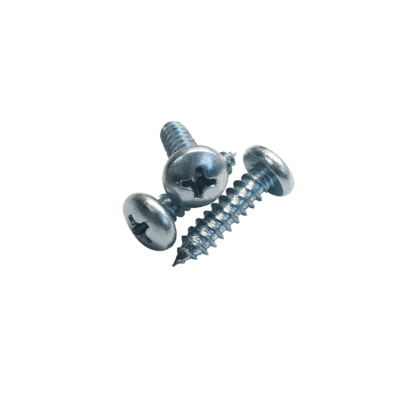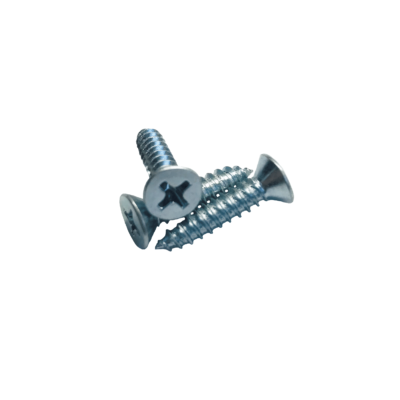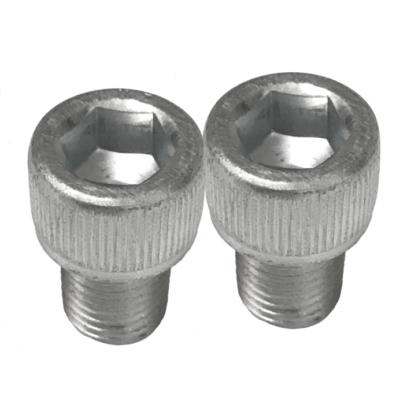Screws
Which Screw will work best for my work surface?
First and foremost we recommend you follow your fume hood or work surface manufacturers’ requirements.
Before starting always check below the surfaces you will be drilling into to check for wires, pipes, tubes, etc. that might be embedded or possible hanging below the surface.
It is up to the installer to determine the correct type of mounting screw to use for the surface you are mounting the supports too. There are many types of materials, sheet metal, solid wood, plastic, etc. If your surface is made from Wood, Plywood, Particle Board or Composite Materials, etc. a #8 or #10 Wood Screw would work. We recommend a pilot hole be drilled first. For softer woods, use a 5/64” drill bit with a #8 screw or a 7/64” drill bit with a #10 screw. For harder woods increase drill bit size by 1/64”.
If your surface is made from Thin Sheet Metal or Soft Plastics, etc. a #8 or #10 Sheet Metal Screw would work. We recommend a pilot hole be drilled first, if using an #8 screw use a #29 (.136”) drill bit, or if you are using a #10 screw we recommend using a #21 (.159”) drill bit.
8-32 & 10-32 Machine screws are for use in thick metal or hard plastics, epoxy, etc. that have been drilled and tapped with the appropriate thread. If you are using a #8 screw, use a #29 (.136”) drill bit and use an 8-32 tap; If you are using a #10 screw use a #21 drill bit and use a 10-32 tap.
The #8 screws are for use with the Nylon Vertical Base Plates because of the countersunk head.
How to Build a Lab Bench
At Lee Engineering, we want your lab to be safe, durable, and efficient, so we’ve listed some tips on how to make your own lab bench below. Of course, you could contract someone to do the work for you, but if you’re a budget-conscious, hands-on person who takes pride in your creations, this informative section might be the perfect resource for you.
Contact Us
Whether you need a custom or bulk lattice quote, inquiries about a custom product, or any other question, please reach out to us. The team at Lee Engineering is here to help you find the right product to complete your project or compliment your product. We can't wait to hear from you.



